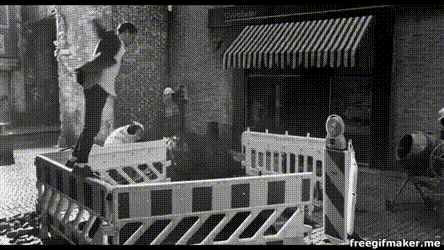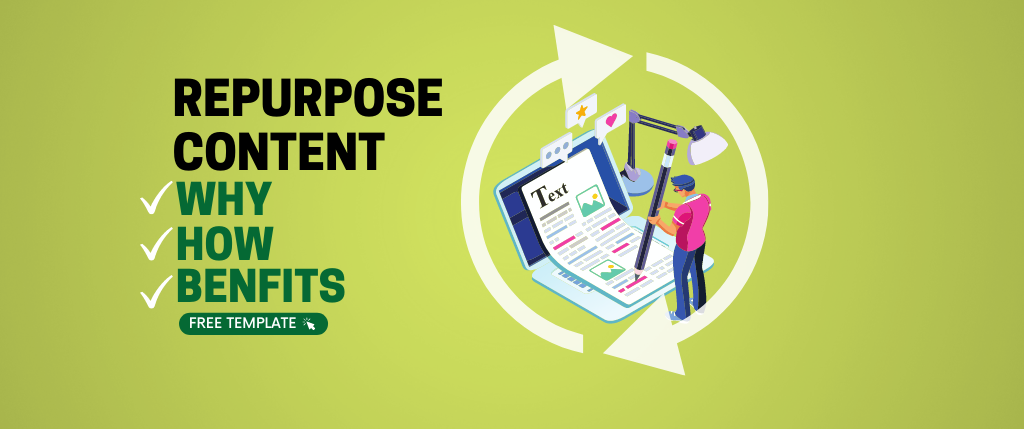
Experiential Marketing, also known as event marketing has always been the dark horse when it comes to marketing channels. However, there is no doubting its power with most marketers considering it to be one of the best lead generating channels. And now with technologies such as mixed realities, smarter connected wearable devices, social media apps & reduced cost of production, things are getting more and more exciting.
Just like any other channels, event marketing has its own challenges. But when planned & executed well it can help you create a lasting impression on your audience.
What trends are we noticing in Experiential marketing
- Most organizations think of events as a very effective marketing channel
- Most marketers expect to increase event budgets next year.
- There is a shifted interest in creating personalised experiences
- Focus has shifted on technology both in terms of enhancing experience as well as measurement of ROIs
- Many top business executives believe events & conferences play a critical role in their organization’s success.
Some benefits of a well-designed activation campaign
- People feel more inclined to purchase the product after participating in an activation event
- Participants tend to have a better impression of the brand once they have engaged with it during an in-person event.
- Live demonstrations & free in-person giveaways are time-tested tools that still deliver results
- The chances of participants sharing their experiences with friends and family is much higher (offline or online)
Things to keep in mind when designing an activation campaign
- Make the experience shareable and social – The idea is to build experiences that your audience would like to share and then make it easy for them to do so. P.S – Don’t forget the #Hashtags.
- Don’t Interrupt – experiential marketing is not about pushing your product or hard selling. In most cases, the audience you are engaging with is in the TOFU (top of the funnel) stage. The engagement is to build a relation and awareness.
- Make sure the experience resonates with the brands’ values. Be clear about what you expect the audience to walk away with. A good example is a fitness organisation running a BMI check campaign in a public place to get people conscious about their fitness.
- Know your audience – Know as much as you can about your target audience. What are their aspirations, where you can reach out to them, understand their expectations? Make sure you build your Experiential campaigns focussed on your target audience.& try to connect with them in their comfort zone
- Cobranding is another great way to get extra mileage from your campaign. It’s important to choose well so that both partners can benefit from the symbiotic engagement experience. A good example is how Levis got together with Tencent’s QQ music for their ‘We are Original’ Campaign.
- Be transparent – When you are collecting leads be honest. Tell them what the campaign is all about. Reveal all parts and their function so that you know the leads generated are already interested
- Show your Appreciation – be thankful for the participants. Let them know that you appreciate& care about their participation. Try to give them a channel to let others know that we do.
- Make the campaign easy to enter or participate – no one wants to be embarrassed or loose in public that’s why sweepstakes or prize ticket competition have chances of getting higher participation.
- Leverage our competitiveness – Everybody loves a good competition that they have a decent chance of winning.
- Measure new referrals and introductions; quality and quantity of leads; deal closure; value of sales; and upsell and cross-sell opportunities to assess the ROI on your campaign
A good experiential campaign can help start conversations with your audience. It helps in building a perception and scale awareness of your brand. Create an experience that helps build your brand perception and helps your audience engage with it. If executed well this can deliver immense traction to your strategy and the expected ROIs.



